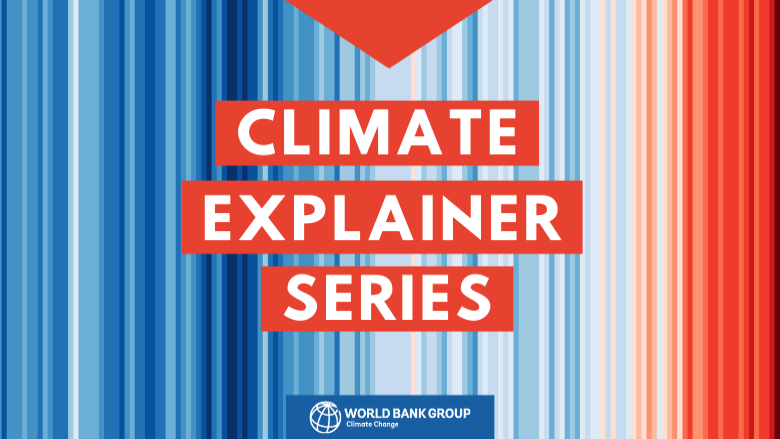What are sustainable development bonds and how are they different from our green bonds?
They are similar: all World Bank bonds raise funds from investors in the bond markets to support the financing of projects in developing countries. With green bonds, we communicate to investors the positive impact that our loans make in climate mitigation and adaption projects. With sustainable development bonds, we are able to communicate the positive impact of the World Bank’s full range of sector and project lending—all of which, by the way, also incorporate climate considerations. IBRD, referred to as “World Bank” in the capital markets, began issuing green bonds almost 15 years ago. IDA began issuing bonds in 2018 – more information is available on the IDA website, but my answers will be focused on IBRD due to its longer track record.
We responded to the market’s growing interest in climate change risk by providing a bond product that was simple and fit their portfolios. Our first green bond in 2008 became the standard for a market focused on increasing transparency and investing for purpose. We communicate the connection between the funds raised from investors to an amount equal in the Bank’s lending for various types of mitigation projects – such as solar power – as well as adaptation projects – such as reforestation. We report to investors regularly the achievements made by this World Bank lending for climate mitigation and adaption. Examples for reporting include how many tons of carbon the projects are expected to reduce or how many trees are being planted as part of a project. Our reporting on sustainable development bonds is similar, but we highlight all World Bank activities instead of carving out a portion. We show how funds raised in the capital markets support the financing of projects with green and social goals and show how they relate to the Sustainable Development Goals (SDGs), since that’s what investors ask to see.
What motivated the World Bank to issue sustainable development bonds?
When we first started engaging with investors around climate change, the focus was very much on what we are doing on renewable energy and energy efficiency projects. We also included data and examples in adaptation and resilience. Since then, we have continued to broaden our narrative to incorporate the full benefit of the World Bank’s work with clients. In 2015, the world came together to agree on 17 Sustainable Development Goals for poverty, hunger, health, education, affordable clean energy and more. That same year, countries adopted the Paris Agreement on climate change and, in 2016, the World Bank Group launched a Climate Change Action Plan.
The World Bank Group’s Climate Change Action Plan screens all projects for climate change risk and focuses equally on mitigation and climate change adaptation to build resilience in people and communities. About 95% of all IBRD projects had climate financing in our 2021 fiscal year. Building resilience means improving people’s lives: better and more consistent access to education, health, jobs, water, sanitation, food, energy and other targets of the SDGs, while also restoring or protecting the natural environment. While green bonds are a great starting point for investors just beginning in sustainable investing, most of the big institutional investors that buy our bonds are interested in supporting the financing of sustainable activities overall.


